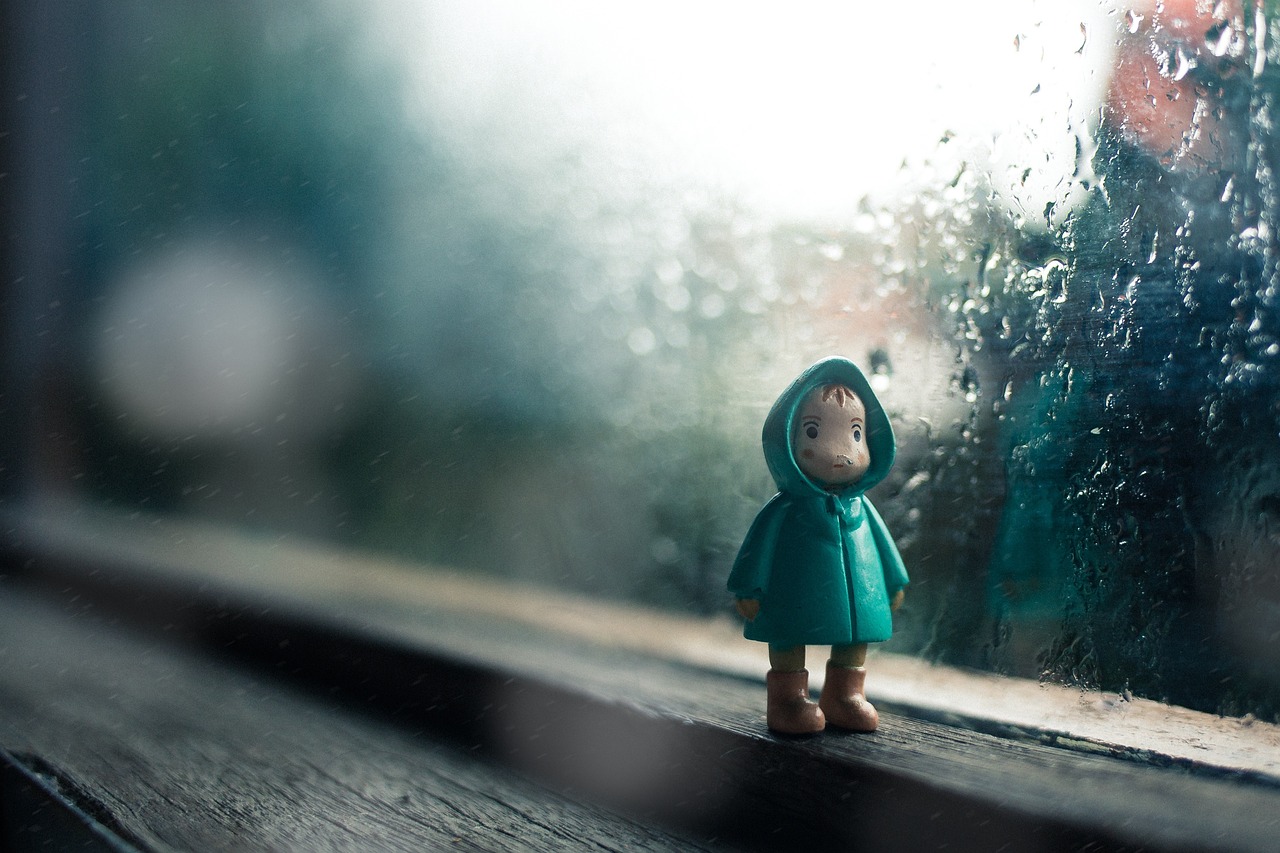Healing Wounds: A Guide to Recovering from Childhood Trauma
May 9, 2023

Introduction:
Childhood is supposed to be a time of wonder, exploration, and growth. However, many people suffer traumatic events during their childhood that might have a lasting impact on their mind.
Numerous events, including neglect, physical, emotional, and sexual abuse, as well as seeing violence, can result in trauma. Long into adulthood, these experiences can have an impact on a person's physical, mental, and emotional health. Recovery is however a possibility. This blog will discuss recovering from childhood trauma and offering advice to people who are looking to heal.
What is Childhood Trauma?
Childhood trauma refers to any experience that causes significant distress or harm to a child's physical or emotional well-being. This can include abuse, neglect, exposure to violence, or other types of adversity. The effects of childhood trauma can be long-lasting, impacting a person's mental health, relationships, and overall quality of life.
Some common symptoms of childhood trauma include anxiety, depression, anger, and self-destructive behaviors. Trauma can also impact a person's physical health, causing chronic pain, fatigue, and other health problems.
Recovery from Childhood Trauma
Recovery from childhood trauma is a process that takes time, patience, and support. It is important to remember that healing is possible, and there are many resources available to those who are seeking to recover
- Seek Professional Help
One of the most important steps in recovering from childhood trauma is seeking professional help. A trained therapist or counselor can provide the support and guidance needed to work through the trauma and develop coping strategies. Therapies such as cognitive-behavioral therapy (CBT), dialectical behavior therapy (DBT), and eye movement desensitization and reprocessing (EMDR) are considered effective in treating trauma-related symptoms. - Build Support Networks
It can be a lonely and isolating process to heal from childhood trauma. Having a solid network of family and friends who can support you emotionally and encourage you is crucial. For people looking to connect with others who have gone through similar trauma, support groups and online forums can be valuable resources. - Practice Self-Care
Self-care is an important part of the recovery process. This can include activities such as exercise, meditation, and relaxation techniques. It is important to prioritize self-care and make time for activities that promote relaxation and well-being. - Develop Coping Strategies
Trauma can trigger intense emotional responses, making it difficult to cope with daily life. Developing coping strategies, such as deep breathing exercises, journaling, or visualization
techniques, can help manage these responses and prevent them from becoming overwhelming.
Conclusion:
Recovering from childhood trauma is a process that takes time, patience, and support. It is important to seek professional help, build support networks, practice self-care, and develop coping strategies. Remember that healing is possible, and there are many resources available to those who are seeking to recover. By taking these steps, it is possible to heal from the wounds of childhood trauma and live a fulfilling life
